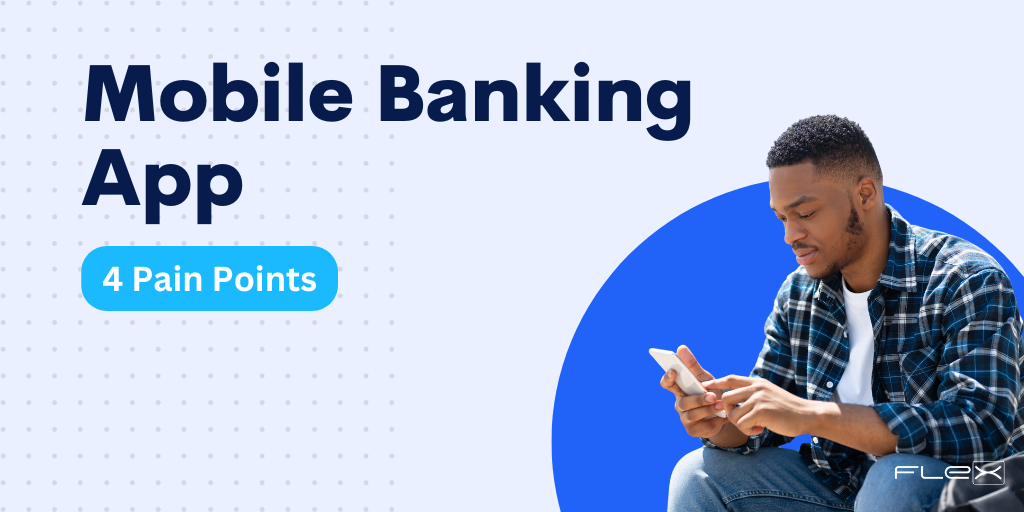Digital Onboarding is a Lot Like a Long-Distance Relationship
 The early days of a relationship, affectionately called the honeymoon period, are full of excitement and new experiences, along with a constant exchange of nonverbal cues that we use to assess how it's going and whether we think we want to spend more time with this person. But what if you met this person online? Or you started dating and one of you moved away? All traditions are out the window while you navigate a new plan. Does it mean romance is no longer required? No! You pivot the process and find new ways to connect. Your digital member onboarding is a lot like a long-distance relationship. You know exactly what steps to follow to onboard new members in-branch, but what about your ever growing remote memberships? If you want these relationships to last, you better start planning how to woo them or they will be over as quickly as they started. Here are five keys to building a digital member onboarding program that solidifies a lasting engagement between member and credit union.
The early days of a relationship, affectionately called the honeymoon period, are full of excitement and new experiences, along with a constant exchange of nonverbal cues that we use to assess how it's going and whether we think we want to spend more time with this person. But what if you met this person online? Or you started dating and one of you moved away? All traditions are out the window while you navigate a new plan. Does it mean romance is no longer required? No! You pivot the process and find new ways to connect. Your digital member onboarding is a lot like a long-distance relationship. You know exactly what steps to follow to onboard new members in-branch, but what about your ever growing remote memberships? If you want these relationships to last, you better start planning how to woo them or they will be over as quickly as they started. Here are five keys to building a digital member onboarding program that solidifies a lasting engagement between member and credit union.
Define What a Successful Relationship Looks Like
If you're aiming to be like the couple in Sleepless in Seattle, a classic long-distance love story, how do you know when you reach that goal? Before you can know if your relationship is a good one, you need a frame of reference for what a good one is. What factors--or Key Performance Indicators--can you track that tell you your member has found lasting happiness with your credit union? This will vary by financial institution, but the constant is that your honeymoon period is about 90 days. Decide what level and type of engagement with the credit union your long-term members had in that period and plan to encourage your new members down that same path.
Apply the 3-Day Rule After Your First Date
This is classic dating advice. You don't want to seem too eager (reads desperate), so you shouldn't follow up immediately after the date. But, if you wait too long, over three days, you're giving the signal that you're not interested. When a new member signs up online, you don't necessarily want to call them immediately (reads Big Brother), but a study by J.D. Power shows that contact within the first three days maximizes member satisfaction. This is your opportunity to recognize that they've chosen you, express gratitude, and show them you value this relationship.
Live Up to Your Promises
If your online dating profile says you love cats, and your new partner finds out you're allergic to her ten feline pals, that's not going to lead to a lasting relationship. What are your marketing messages touting as features and benefits of membership? Now is the time to show them how to find the tools you sold them on. Marketing automation can be a great tool for this. Create a workflow of emails that explain things like how to download and sign into the mobile app, how to find answers, what kind of loan programs are available, etc. While some of this type of communication can cross sell, the primary goal should be to teach them how to use their CU tool box.
Make Yourself Available
A great way to put a quick end to a long distance relationship is to ghost on your partner. For credit unions, you worked so hard to bring in a new member that you don't want to just leave them wondering where you went a week later. Regularly communicate to your members via calls, emails and texts. Ideally, this is when you leverage your core processor data and share information and products that are relevant to that member specifically, based on their CU interactions and behavior.
Ask About Their Thoughts and Feelings
In long-distance relationships, you can't see all those little daily cues that show when someone is feeling sad or upset or happy. You may actually have to ask directly to get your partner to tell you. With a new member, unless they're really unhappy, you may not have any idea how their experience is going unless you ask. Utilizing simple Net Promoter Score type surveys or feedback request emails can be great ways to assess satisfaction and also identify areas of improvement or potential cross sell opportunities during the digital member onboarding phase.
Digital banking can help reduce some of those overhead costs that in-branch banking incurs, but credit unions need to remember that the first 90 days of membership is a courting period that can establish a lasting relationship or end one. Without face to face interactions, you need to find ways to connect with your new members. Your member onboarding plan needs to have multiple touch points to build a strong connection between member and credit union. If you don't, you'll soon find out you're not the only fish in the sea.



